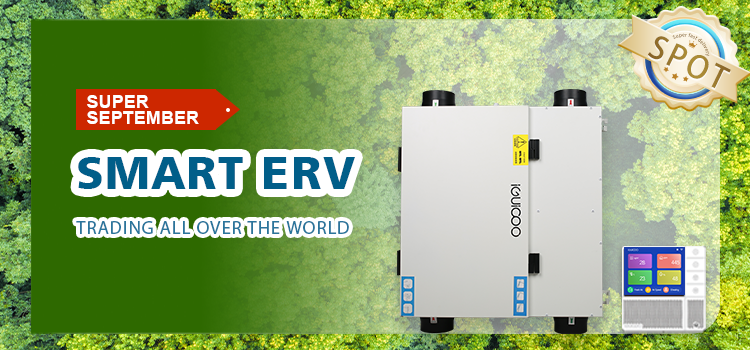Yes, HRV (Heat Recovery Ventilation) systems can absolutely be used in existing homes, making heat recovery ventilation a viable upgrade for older properties looking to improve air quality and energy efficiency. Contrary to common misconceptions, heat recovery ventilation isn’t limited to new builds—modern HRV solutions are designed to adapt to existing structures, offering homeowners a practical way to enhance their living environments.
One of the key advantages of heat recovery ventilation in existing homes is its flexibility. Unlike whole-house systems that require extensive ductwork, many HRV units are compact and can be installed in specific rooms, such as kitchens, bathrooms, or bedrooms. This makes heat recovery ventilation accessible even in homes with limited space or challenging layouts, where major renovations might be impractical.
Installation of heat recovery ventilation in existing homes typically involves minimal disruption. Single-room HRV units can be mounted on walls or windows, requiring only small openings for air intake and exhaust. For those seeking whole-home coverage, slim ducting options allow heat recovery ventilation systems to be routed through attics, crawl spaces, or wall cavities without extensive demolition—preserving the home’s original structure.
Energy efficiency is a major driver for adding heat recovery ventilation to existing homes. Older properties often suffer from poor insulation and air leakage, leading to heat loss and high energy bills. HRV systems mitigate this by recovering heat from stale outgoing air and transferring it to fresh incoming air, reducing the workload on heating systems. This makes heat recovery ventilation a cost-effective upgrade that pays off over time through lower utility costs.
Improving indoor air quality is another compelling reason to install heat recovery ventilation in existing homes. Many older houses trap pollutants like dust, mold spores, and volatile organic compounds (VOCs) due to inadequate ventilation. HRV systems continuously exchange stale air with filtered outdoor air, creating a healthier living environment—especially important for families with allergies or respiratory issues.
When considering heat recovery ventilation for an existing home, consulting a professional is key. They can assess your home’s layout, insulation, and ventilation needs to recommend the right HRV setup. Factors like room size, occupancy, and local climate will influence the type of heat recovery ventilation system that works best, ensuring optimal performance and efficiency.
In summary, heat recovery ventilation is a versatile solution that fits seamlessly into existing homes. Whether through single-room units or retrofitted whole-house systems, HRV technology brings the benefits of improved air quality, energy savings, and year-round comfort to older properties. Don’t let an existing home’s age hold you back—heat recovery ventilation is a smart investment that enhances both your living space and your quality of life.
Post time: Sep-23-2025







